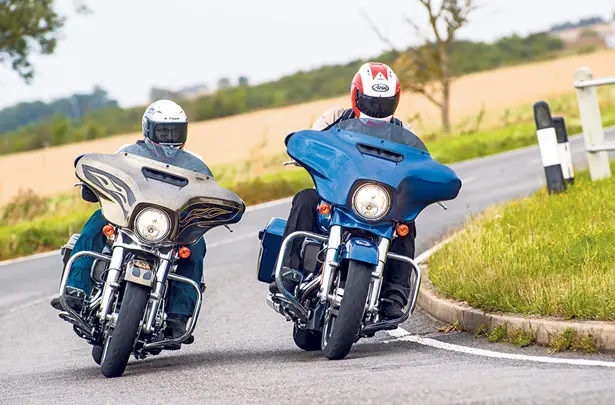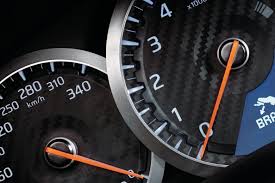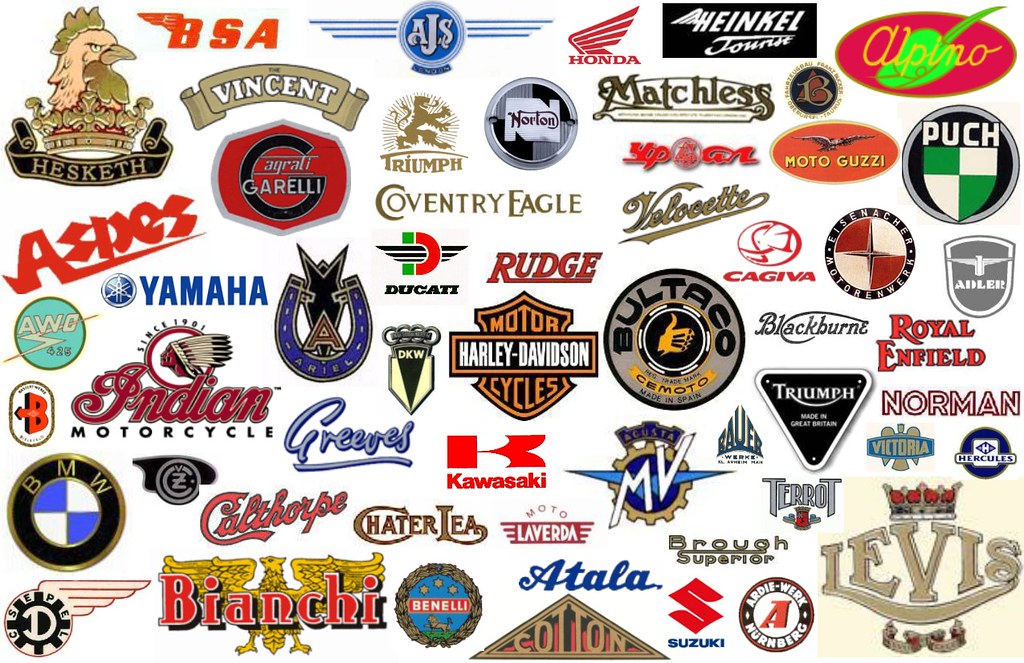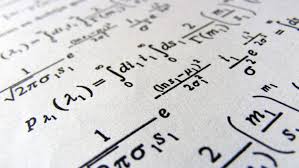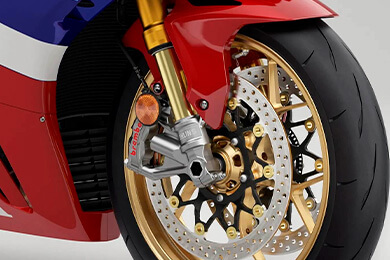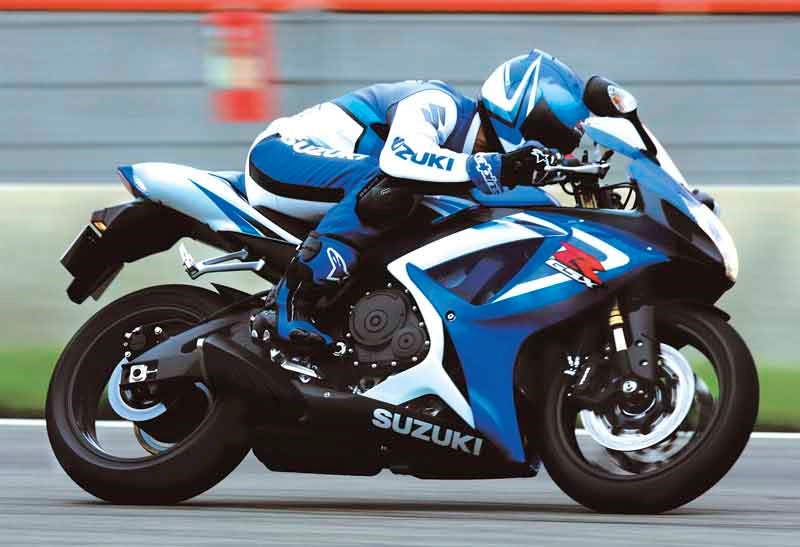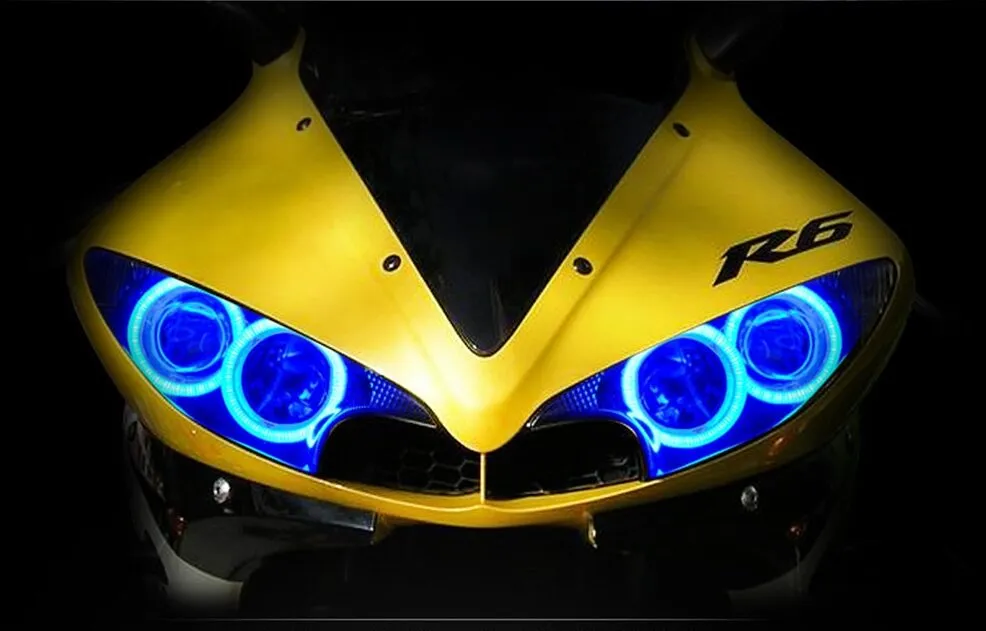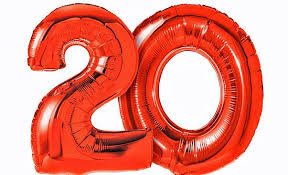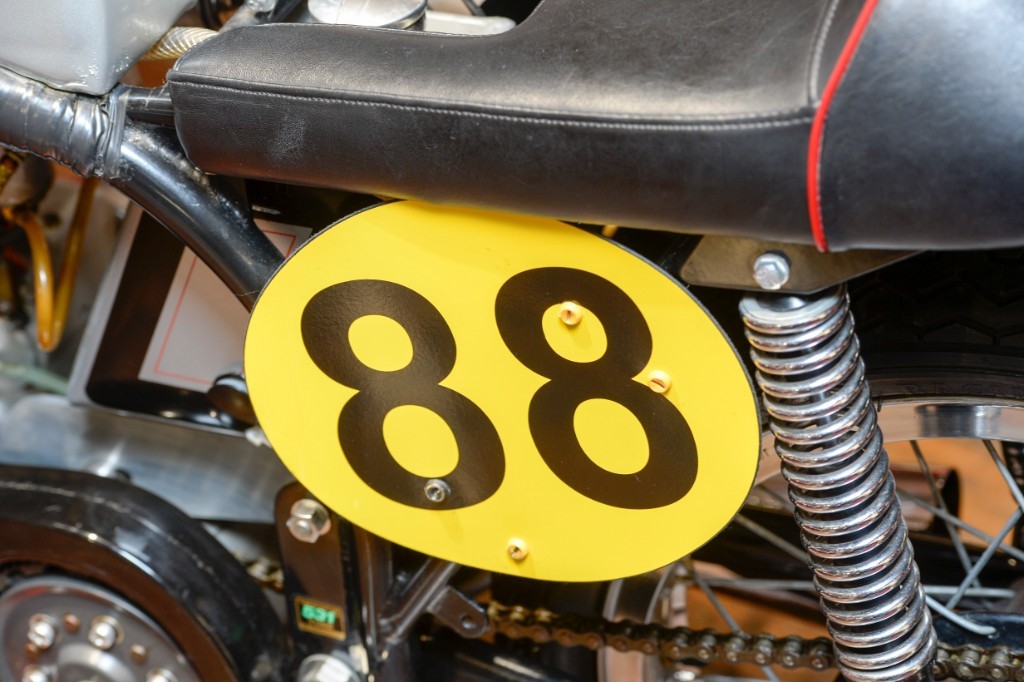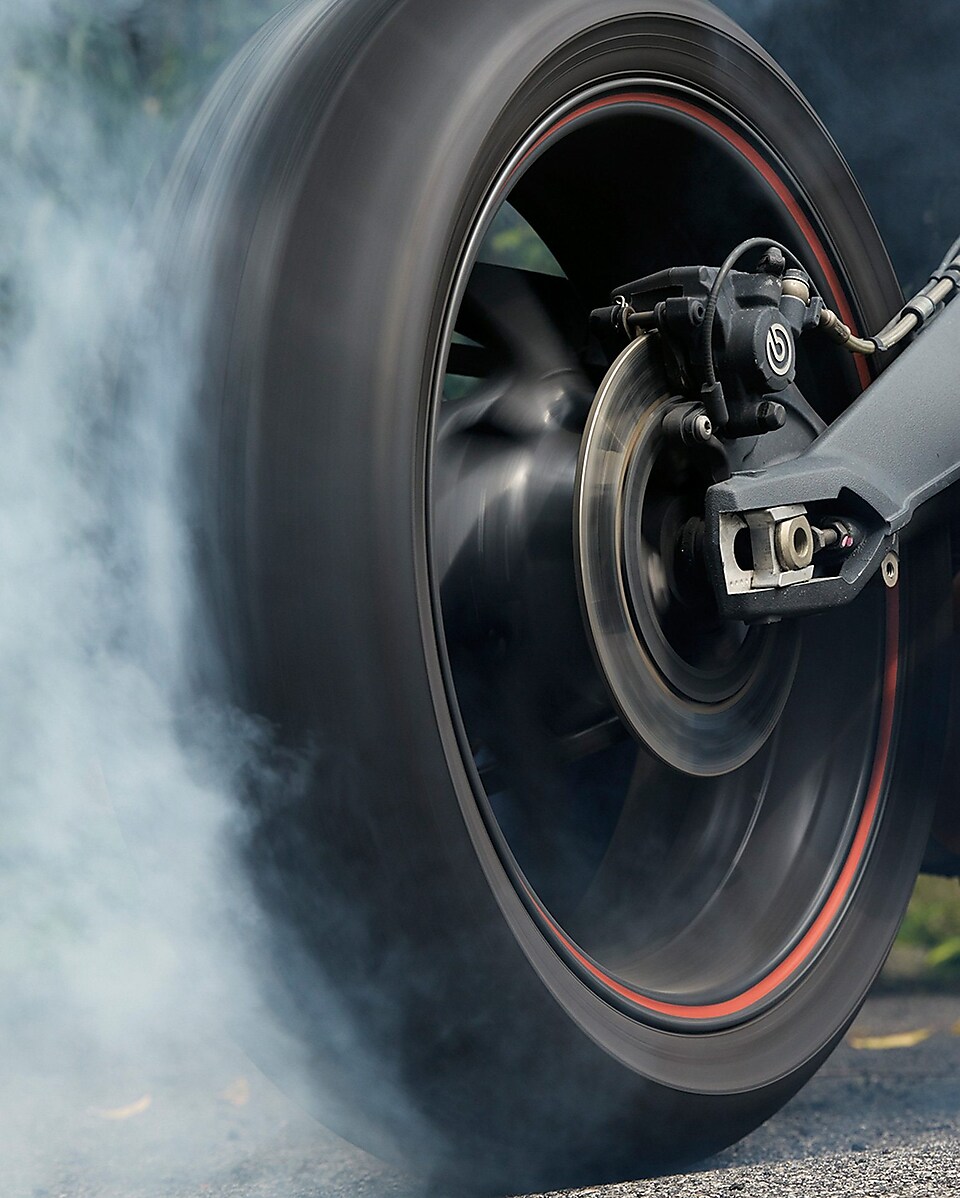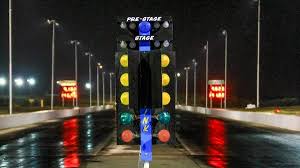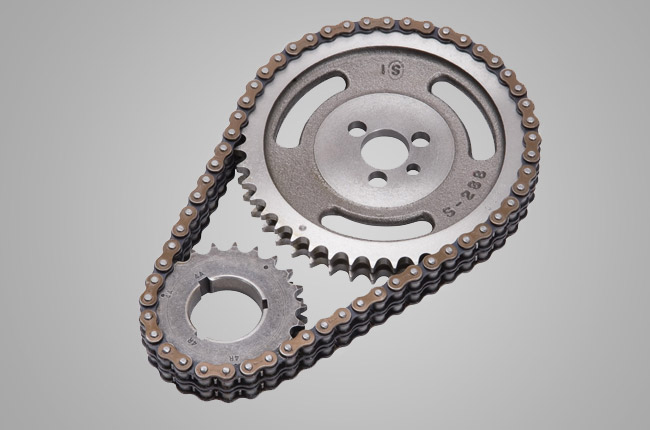
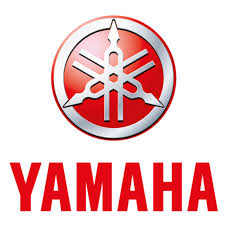

This edition of the Yamaha XJ 700 X Maxim is the 5 speed | Manual version and was first brought out in 1985. This was at around the same time as the introduction of the 1986 Suzuki RH 250 X and the 1986 Suzuki GSX-R 1100 DOHC.This particular Yamaha XJ 700 has a 697cc Liquid cooled, Two stroke, Horizontal In-Line Petrol powerplant with 4 cylinders and Carburettor.
![Suzuki GV 700 GL Madura - [1984] image Suzuki GV 700 GL Madura - [1984] image](/editionimages/b/default.jpg)
An alternative Horizontal In-Line engine, Cruiser style motorbike includes the Suzuki GV 700 GL Madura - [1984]
The 1985 XJ 700 shares its Horizontal In-Line engine and Cruiser style configuration with the likes of the 1984 Suzuki GV 700 GL Madura and the 1984 Honda CB 750 SC Nighthawk S. Alternatively, if you're looking for other bikes which share the XJ 700's Cruiser style with a similar size of engine then how about the 1984 Suzuki GV 700 GL Madura | 1984cc.1994 Suzuki VS 400 Intruder | 1994cc.
Weighing in at 232 kgs (511 lbs) this makes the Yamaha XJ 700 X Maxim in the same weight category as the 2025 Suzuki SV 650 ABS or the 2025 Kawasaki Z 900 DOHC, give or take 50kg.
In terms of power the 697cc 44 valve Horizontal In-Line 4 cylinder engine produces 86 bhp (64 kW) @ 9500 rpm similar to the 2025 Yamaha Tenere 700 [72.4 bhp (53 kW) @ 9000 rpm] or the 2025 Suzuki SV 650 ABS [73 bhp (54 kW) @ 8500 rpm].
The DOHC Two stroke unit throws out torque of 49.9 lb-ft (67.6 Nm) @ 8000 rpm placing it alongside motorbikes of similar performance figures such as the 2025 Kawasaki Z 900 DOHC SE [73.0 lb-ft (99.1 Nm) @ 7700 rpm] and the 2025 Kawasaki Z 900 DOHC [73.0 lb-ft (99.1 Nm) @ 7700 rpm].
If one combines the weight with power or torque performance for the Yamaha XJ 700 you can get a better idea of it's real world performance.
The 1985 Yamaha XJ 700 X Maxim has a Power to weight ratio of 370.6 bhp per ton and 215.0 lb-ft per ton. Bhp Per Ton figures of the 1985 XJ 700 competing with the 2015 Norton Commando 961 SF [394.0 bhp\ton] and the 1981 Suzuki GSX 1100 E [393.7 bhp\ton].
If you agree with the late great Carroll Shelby, then arguably an even better indicator of potential performance is Torque. Factor weight into the equation and you end up with - Torque per ton, with the Yamaha XJ 700 generating around 215.0 lb-ft per ton. If you're curious as to what other motorbikes have as much torque to weight then look no further than the 2018 Yamaha XVS 950 V-Star Bolt [240.0 lb-ft per ton] and the 2018 Yamaha XVS 950 V-Star Bolt R Spec [240.0 lb-ft per ton].
With a 0-60mph time of 10.0 secs or a 0-100km/h (0-62mph) of 10.2 secs, this makes the Yamaha XJ 700 X Maxim similar in acceleration to the 2021 Yamaha Tracer 7 GT (10.0 secs) and the 2016 Honda ST 1300 Pan European (10.0 secs). This Yamaha XJ 700 X Maxim also competes in terms of 0-60 mph and 0-100km/h with the 2018 Honda CB 250 R Neo Sports Cafe (0.0 secs) and the 2020 Norton Superlight SS (0.4 secs).
![Yamaha FJ-09 Triple - [2015] image Yamaha FJ-09 Triple - [2015] image](/editionimages/b/default.jpg)
Quarter Mile time is a close race between the 1985 Yamaha XJ 700 X Maxim and the 2015 Yamaha FJ-09 Triple
When talking about the performance of the 1985 Yamaha XJ 700 X Maxim on the drag strip it can reach a quarter mile in an estimated 0 secs @ 0 mph. Bikes with a similar performance down the quarter mile can be found in the 2015 Yamaha FJ-09 Triple (0 secs) and the 1988 Suzuki GF 250 F (0 secs).
The 1985 version of the Yamaha XJ 700 X Maxim has a maximum speed of 0mph.
If maxing out your bike on the AutoBahn is your thing and you're wondering what's faster at the top end than the 1985 Yamaha XJ 700 X Maxim then how about a 2013 Honda CHF 50 Metropolitan (35 mph) and the 2002 Honda CHF 50 Metropolitan (35 mph).


Yamaha XV 1900 Stratoliner S
Engine Capacity: 1854 cc
Top Speed: 120 mph
Quarter Mile: 13.5 secs @ 103 mph




